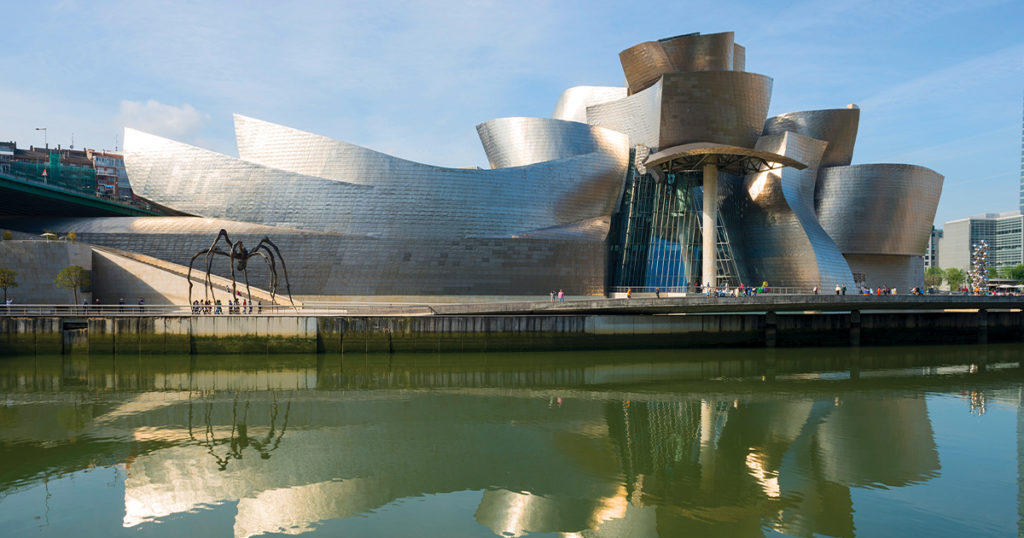

Witold Rybczynski is an emeritus professor of urbanism at the University of Pennsylvania. He has written widely on architecture, urbanism, and design and was awarded the 2007 Vincent J. Scully Prize. He is currently writing a book on architecture inspired by E. H. Gombrich’s The Story of Art. We asked him to pose four questions about the future of architecture.
1. The famous modernist architect Ludwig Mies van der Rohe once described his buildings as “skin and bones”—the bare minimum. Today’s architects have gone one better, designing buildings that are only skin: paper-thin façades of stone, sleek aluminum, and, increasingly, glass. Buildings wrapped in glass that dispense with the bones may gleam exquisitely, but their patterned exteriors are more like large-scale packaging than architecture. Ever since the ancient Greeks, great architecture has been about construction, about countering gravity and holding things up in an expressive way, whether with fluted Doric columns, Gothic flying buttresses, or Victorian cast-iron skeletons. Will architecture find a way to return to its constructional roots?
2. Glassy buildings, whether they contain residences or offices, have popped up from Houston to Toronto, London to Dubai, Singapore to Taipei. Architecture, like most fields, cannot escape globalization. This has been good for those architects with worldwide practices, but less clear is whether it has been good for the rest of us. Once upon a time, architects knew the places where they built and the people they built for—and the people they built for, not least, knew them as well. No longer. Globetrotting practitioners jetting into town have only a passing familiarity with the societies for which they build. In most cases, the imported buildings have little to do with their milieus or users. Frank Gehry’s exuberant buildings, for example, look at home in Southern California, less so in Paris and Panama City. Will architects—and their clients—resist the allure of globalization and once again find inspiration in the local?
3. The globalization of architecture has been accompanied by a related phenomenon: the rise of the “starchitect.” Frank Gehry, Rem Koolhaas, and Zaha Hadid have become personal brands like Prada or Calvin Klein. This has encouraged architects seeking to establish their own brands to focus on novelty, even outrageous novelty. Each new building is expected to be sui generis. This is not how great architecture is made. Historically, architects learned from each other, refining, adapting, and even imitating: Palladio learned from Raphael, Thomas Jefferson from Palladio, John Russell Pope from Jefferson. Today, everybody wants to be a star, yet creative genius is rare. Will architects allow themselves to learn from the past, to adapt rather than innovate, to copy rather than invent?
4. Packaging, globalization, branding—these are all aspects of a consumer culture. But buildings are different from sneakers and iPods, or at least they should be. Unlike consumer goods, buildings may last a long time, even hundreds of years. People still worship in Westminster Abbey, look at paintings in the Louvre, and study in the New York Public Library. Buildings are precious artifacts, constants in a changing world; they accompany us throughout our lives. They also remind us who we were—and are. Can a flighty architecture that strives to be fashionable and relentlessly up-to-date continue to provide this essential function?

